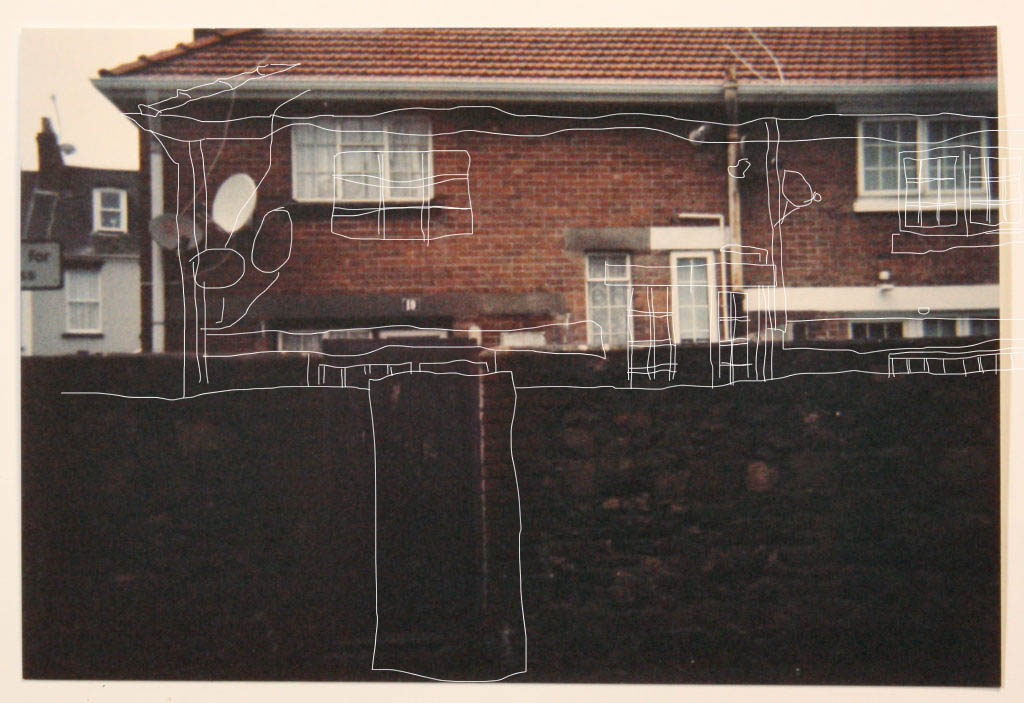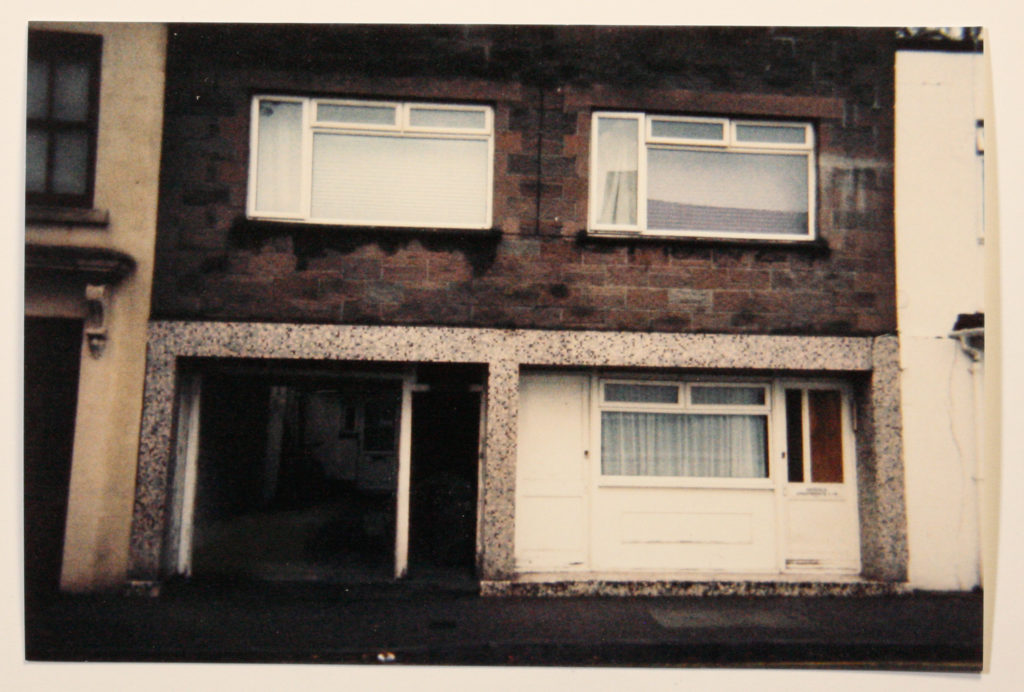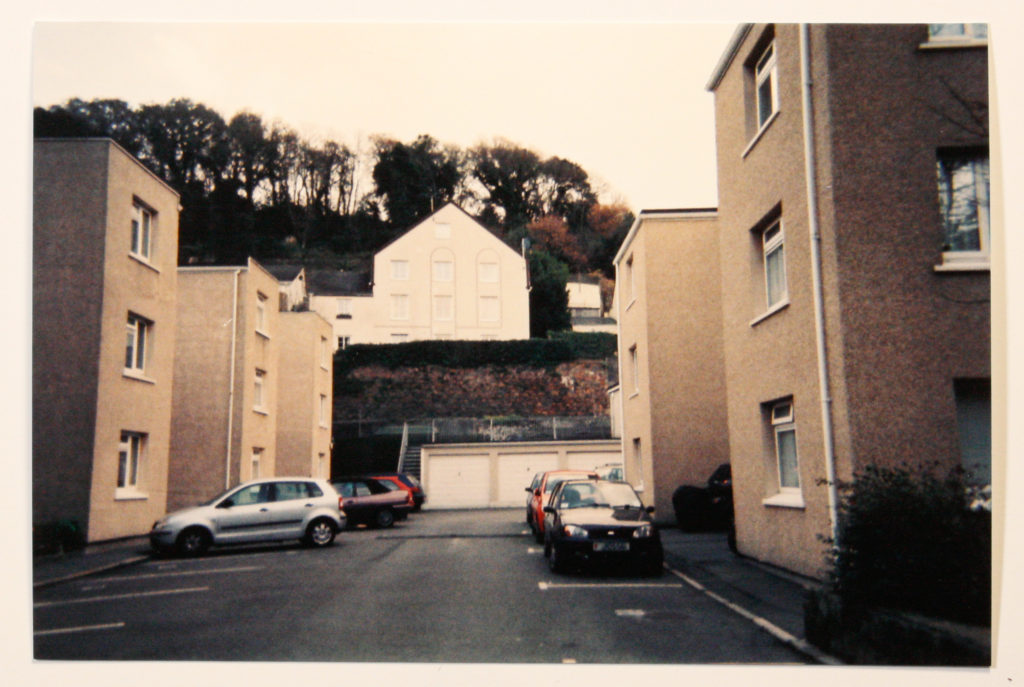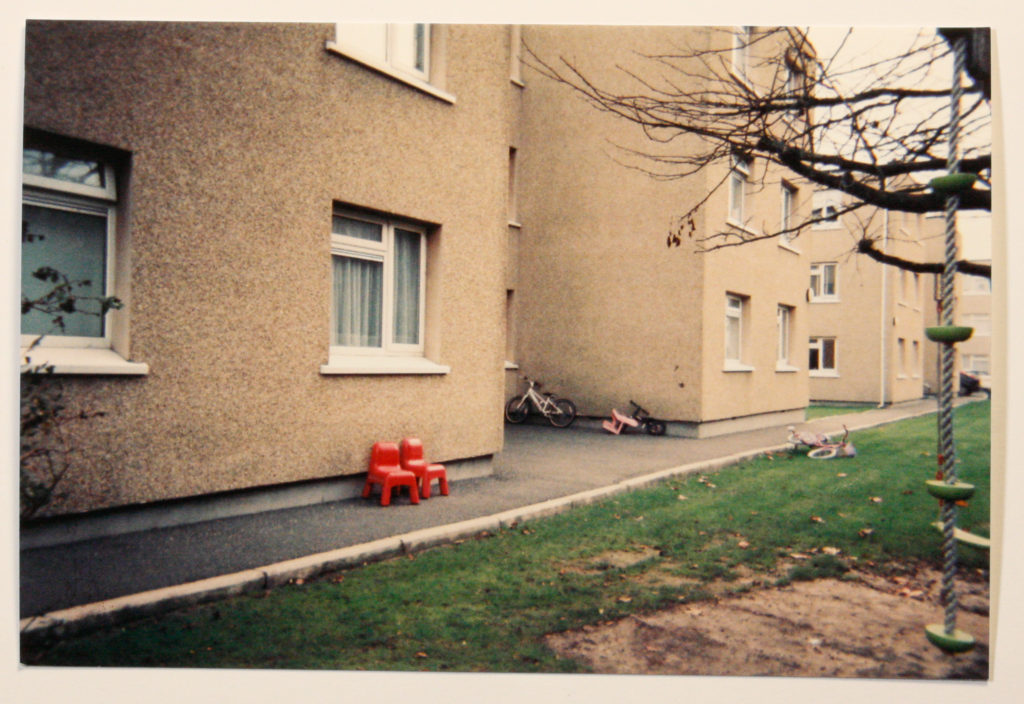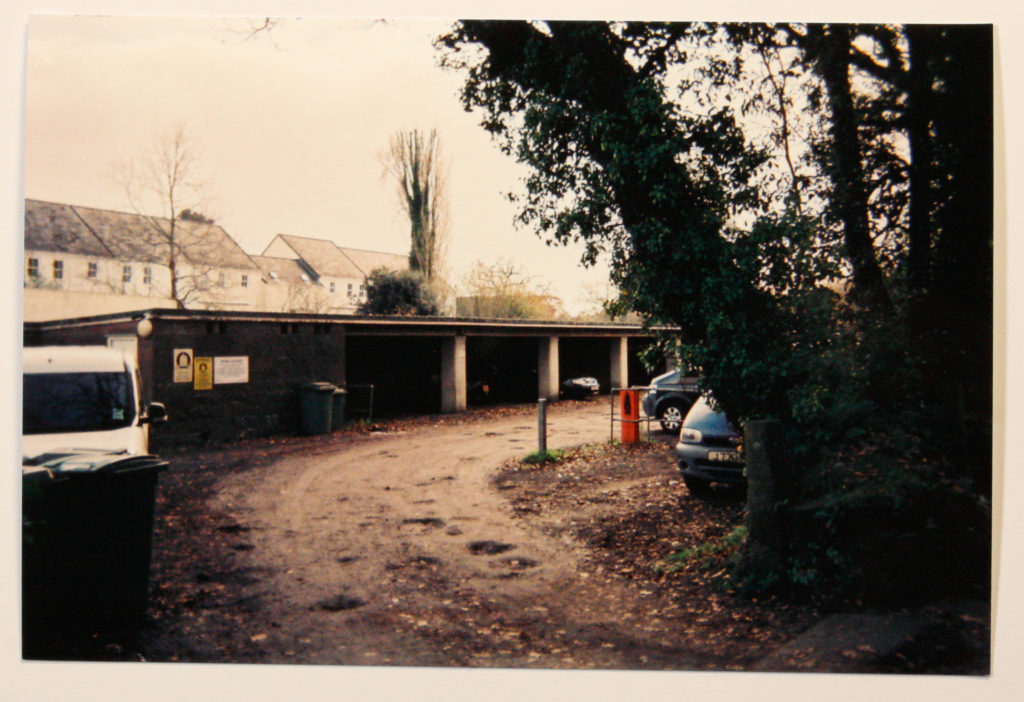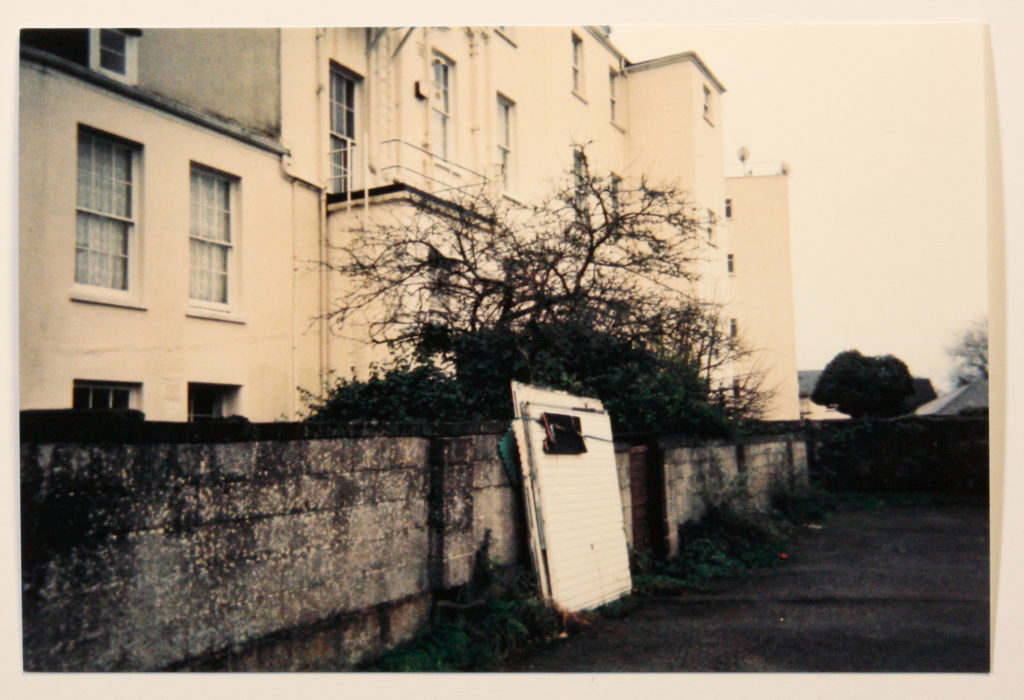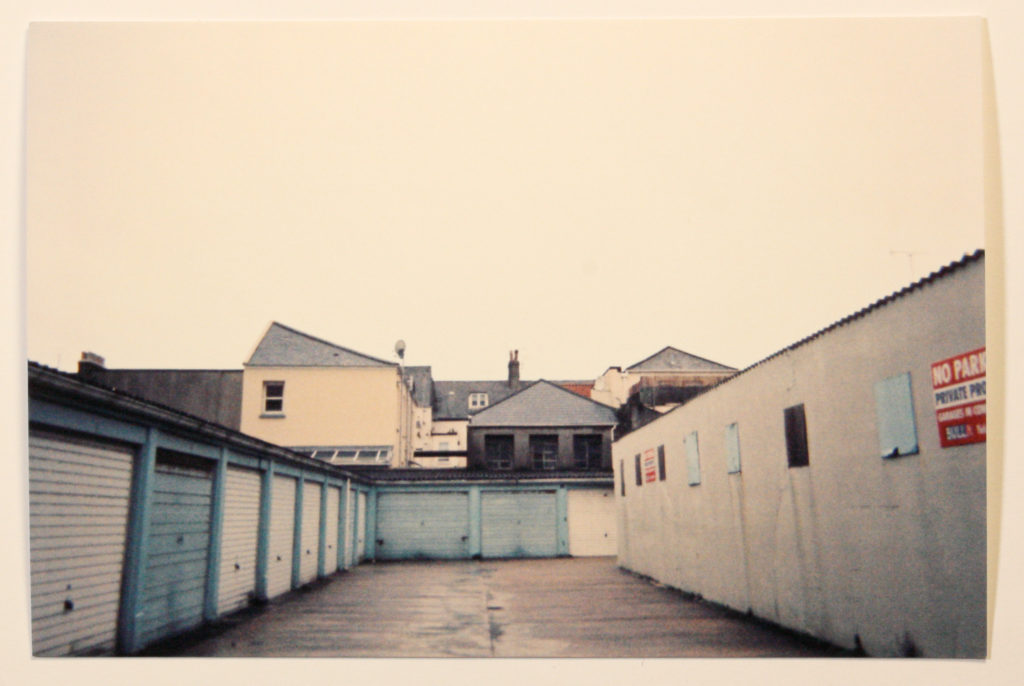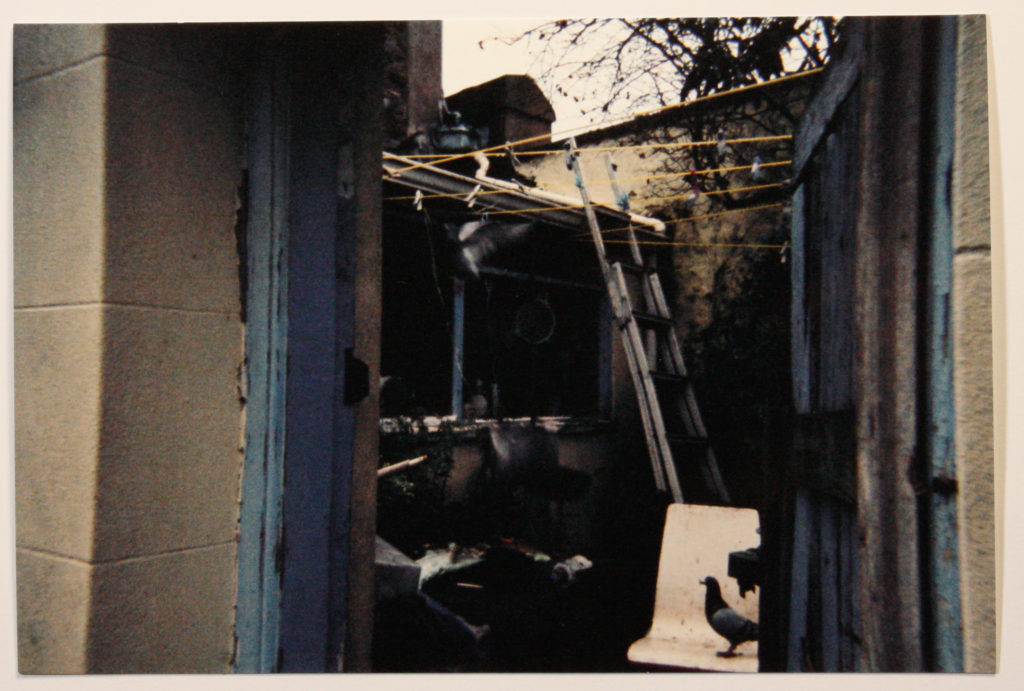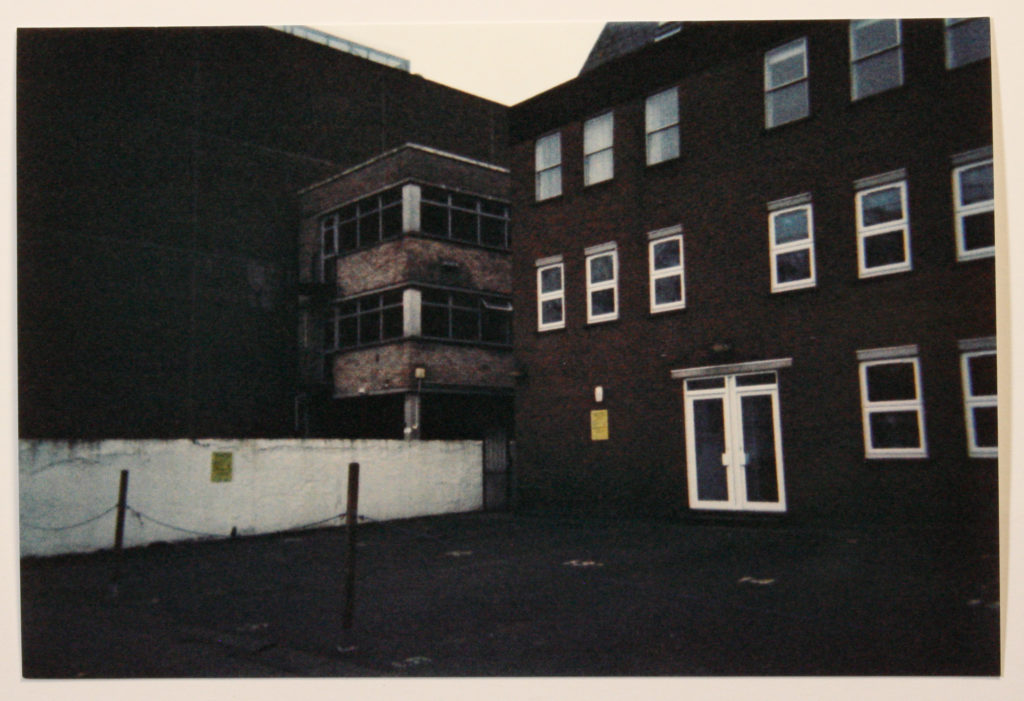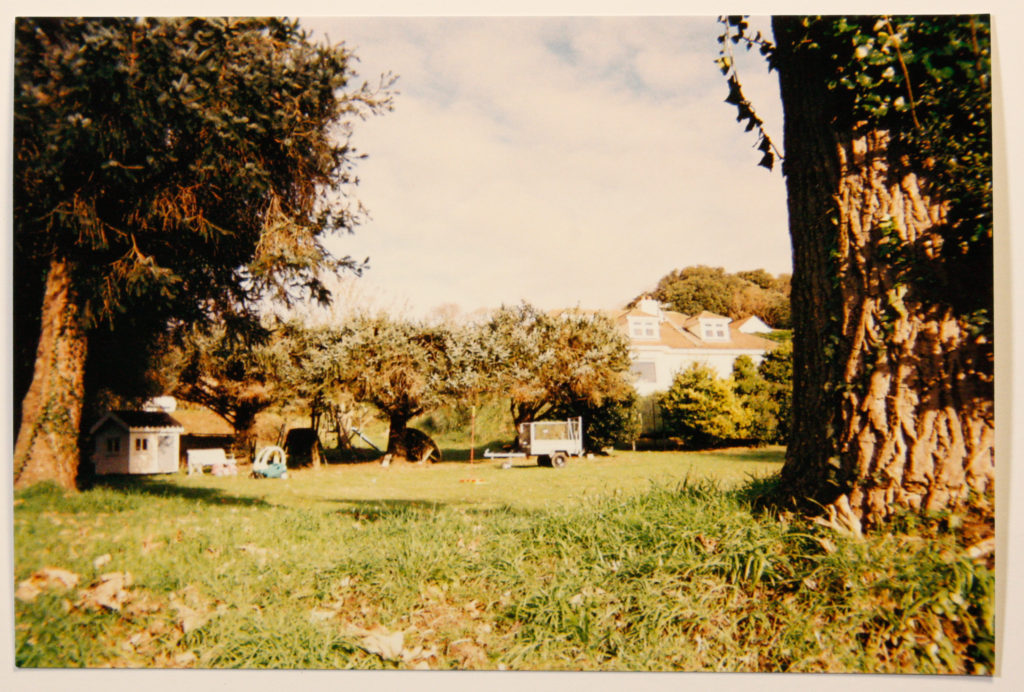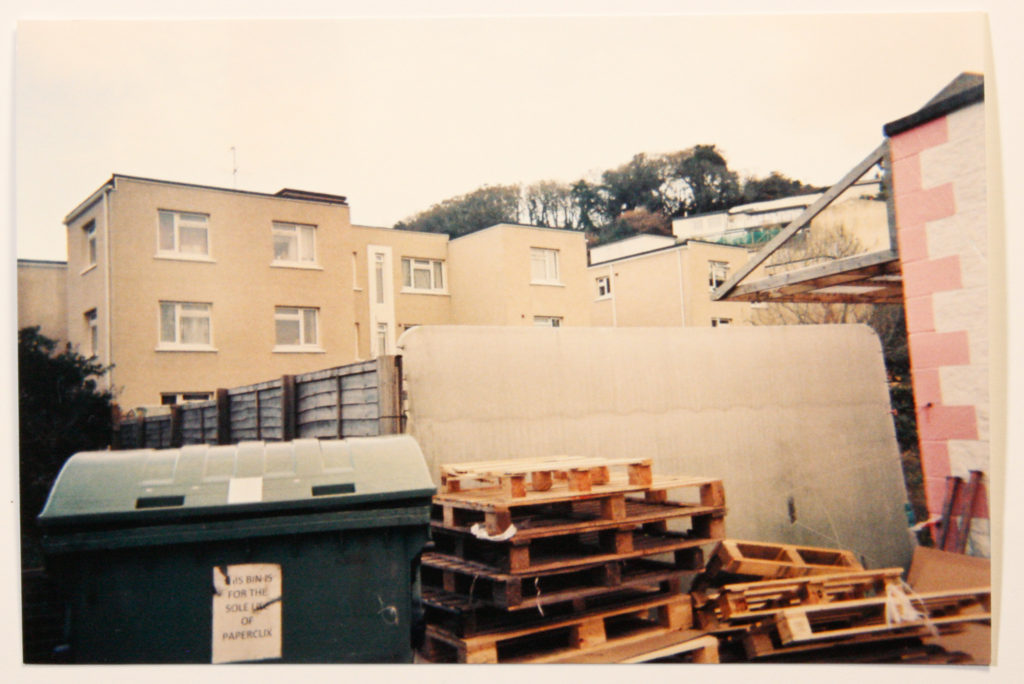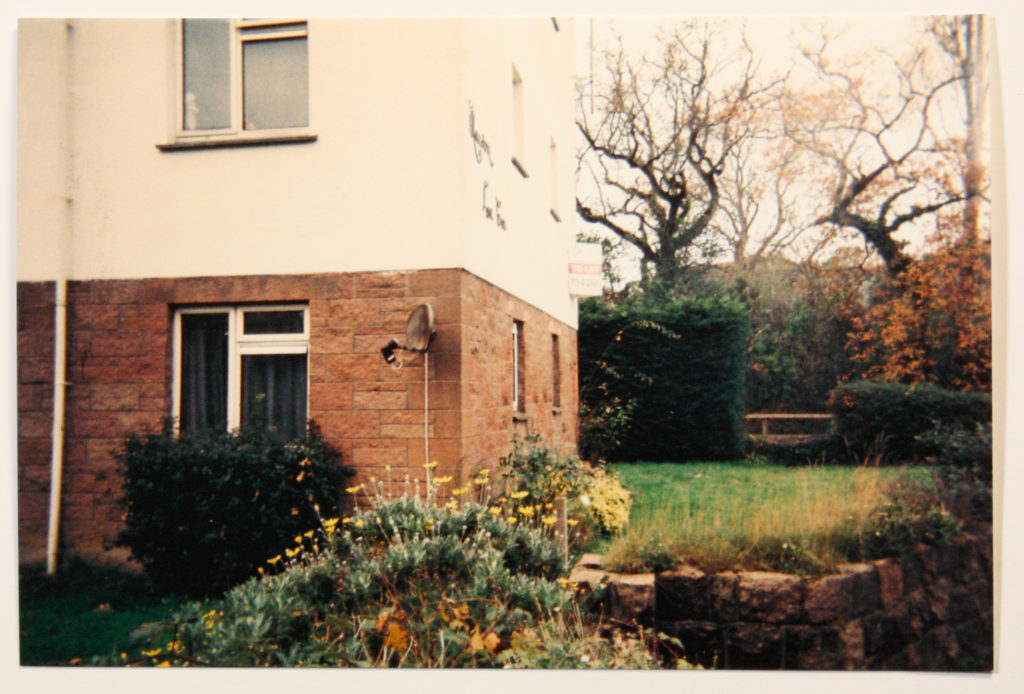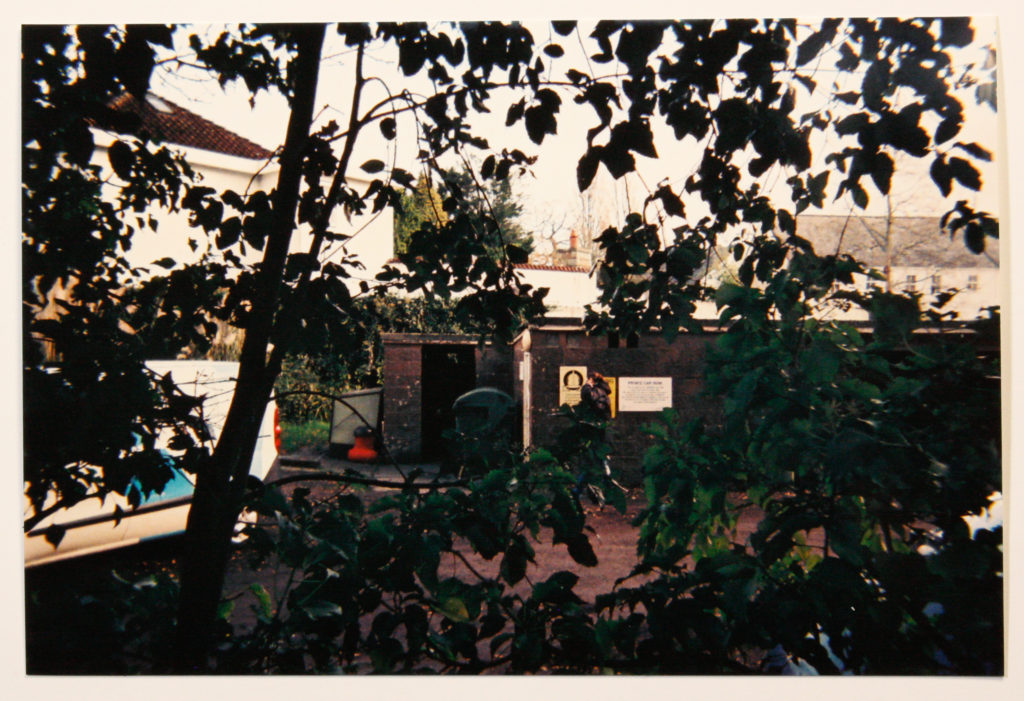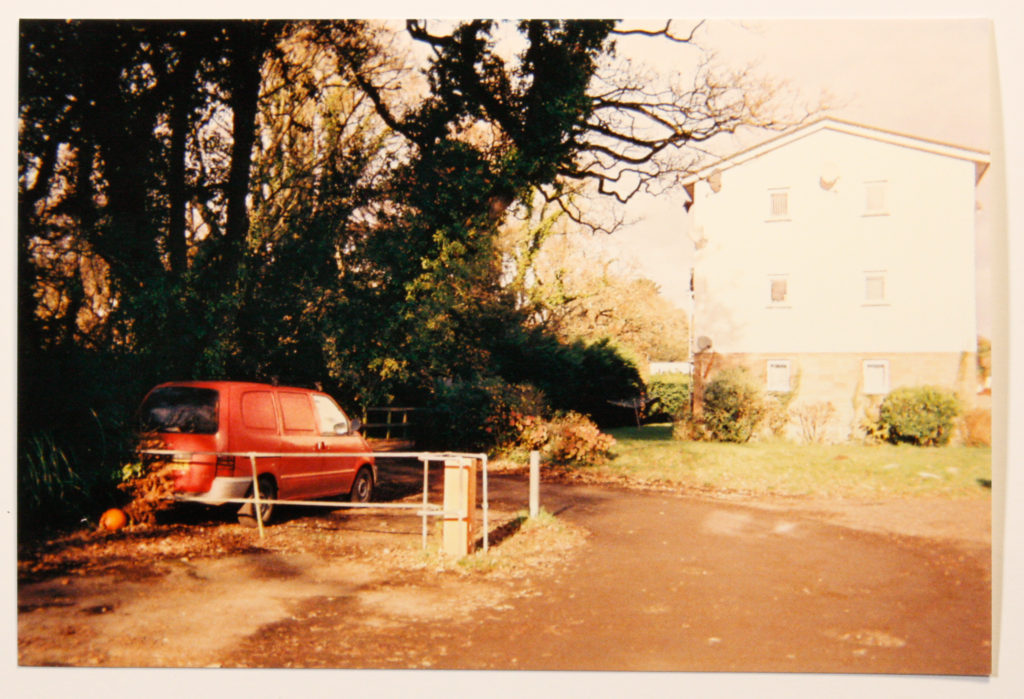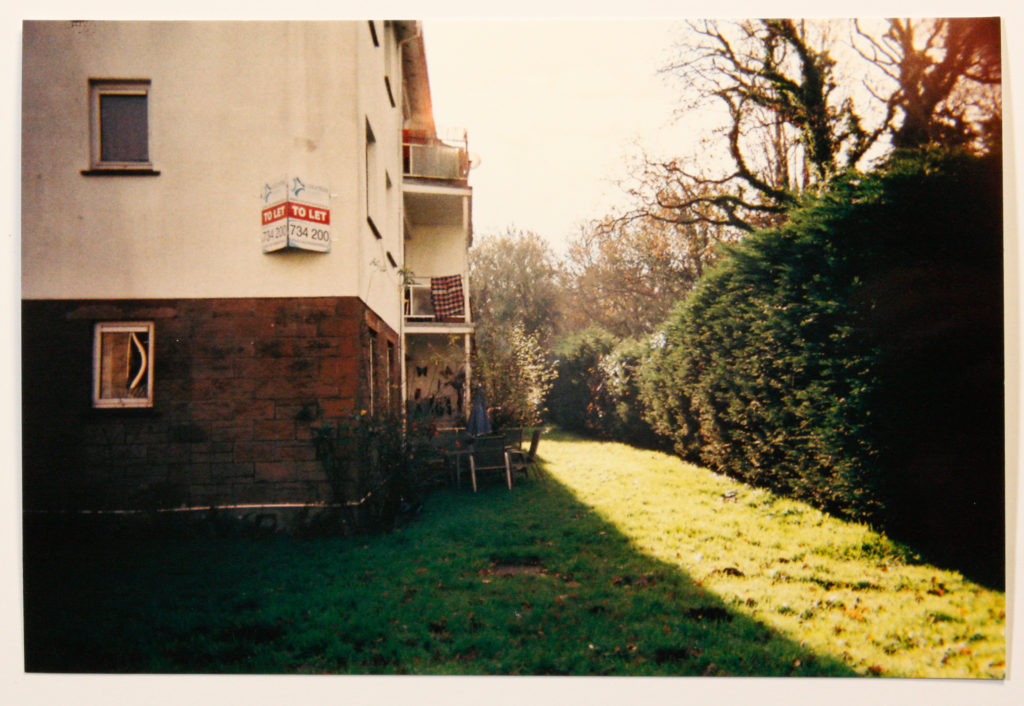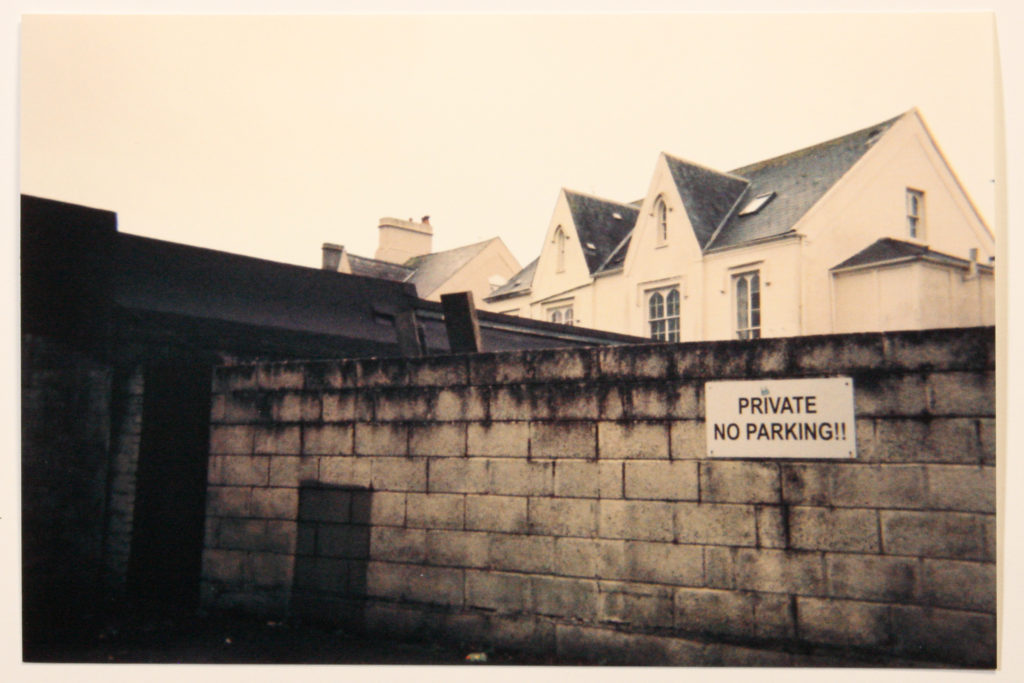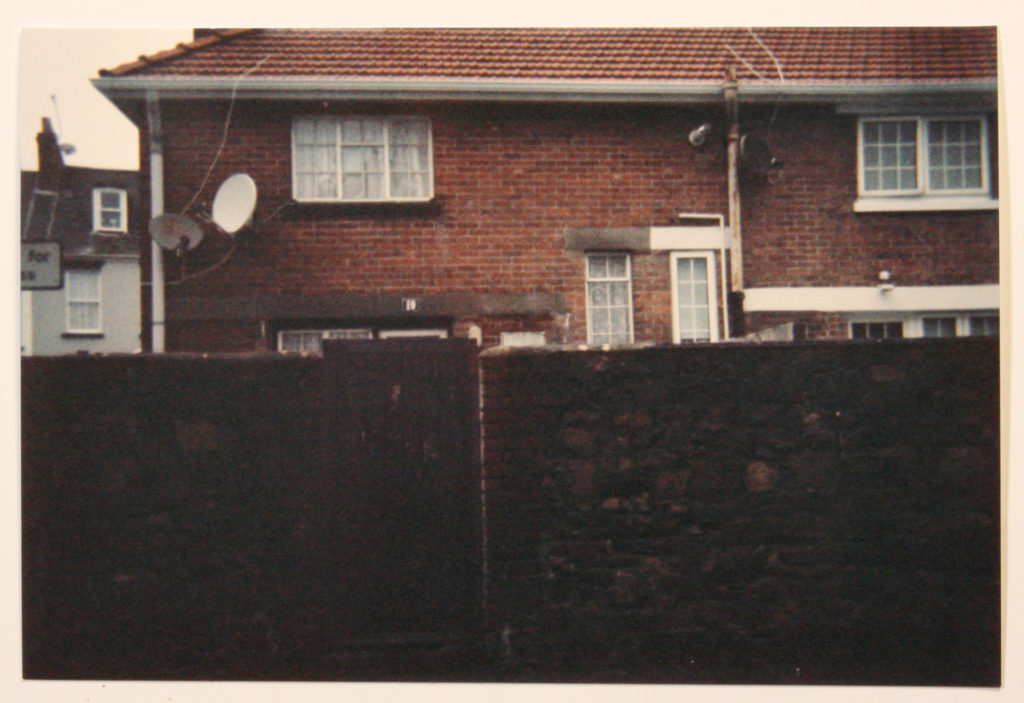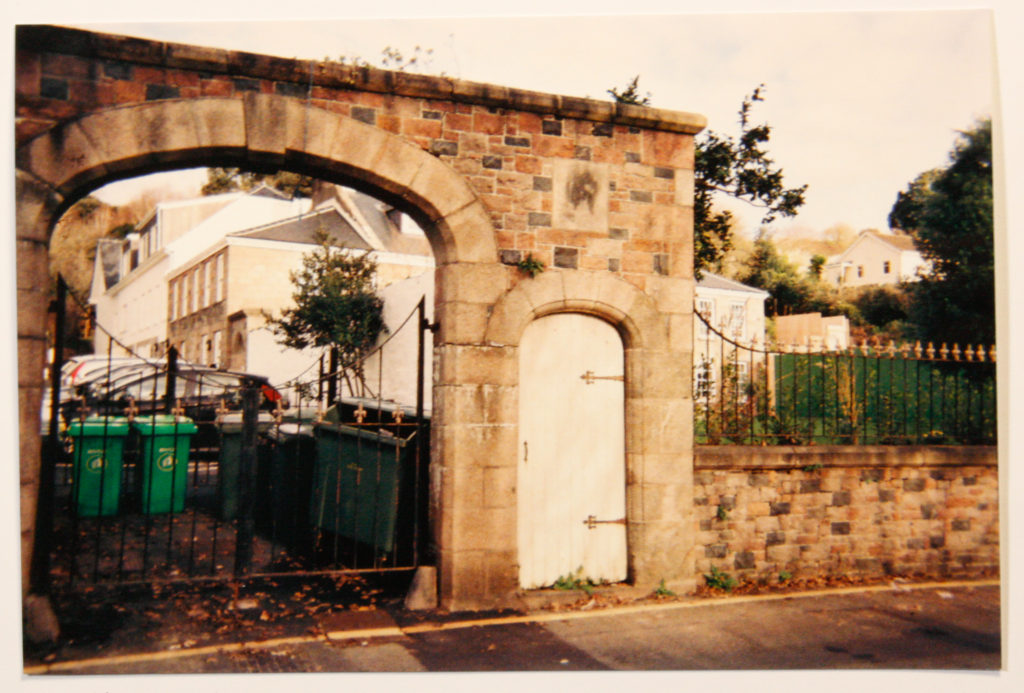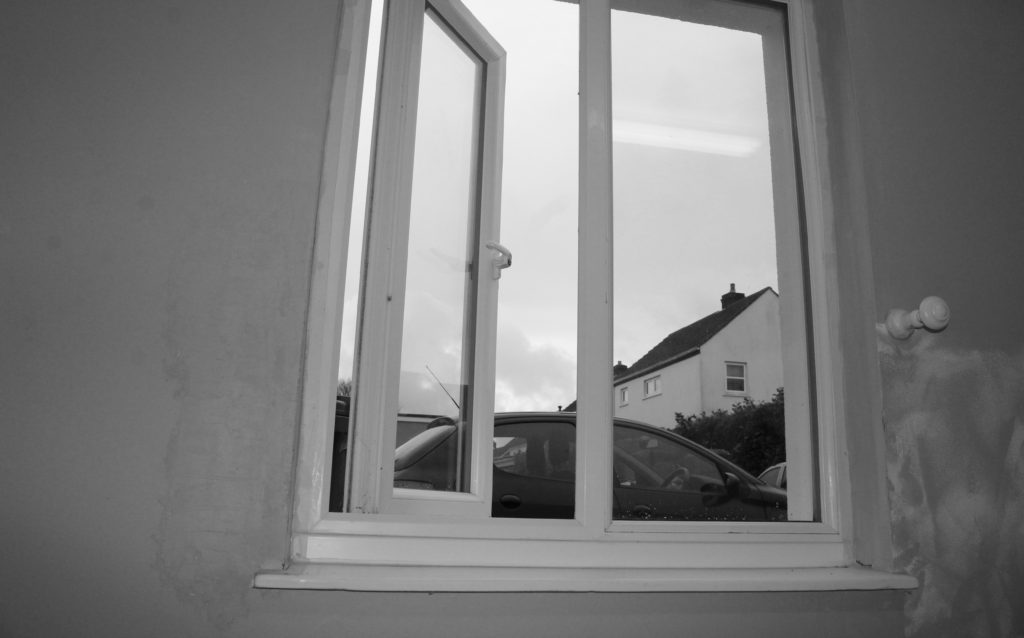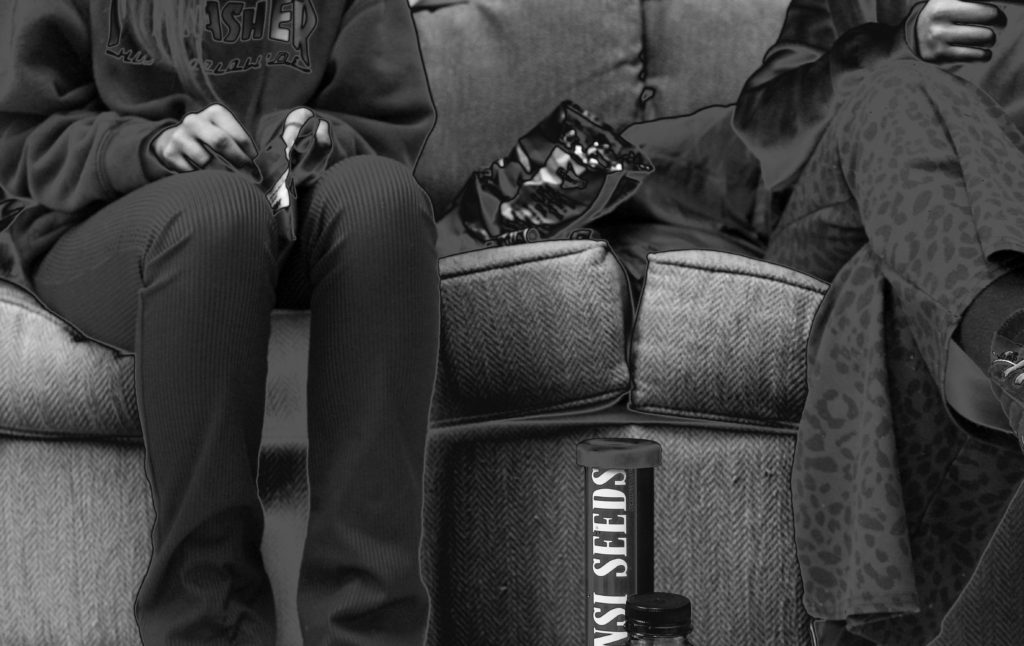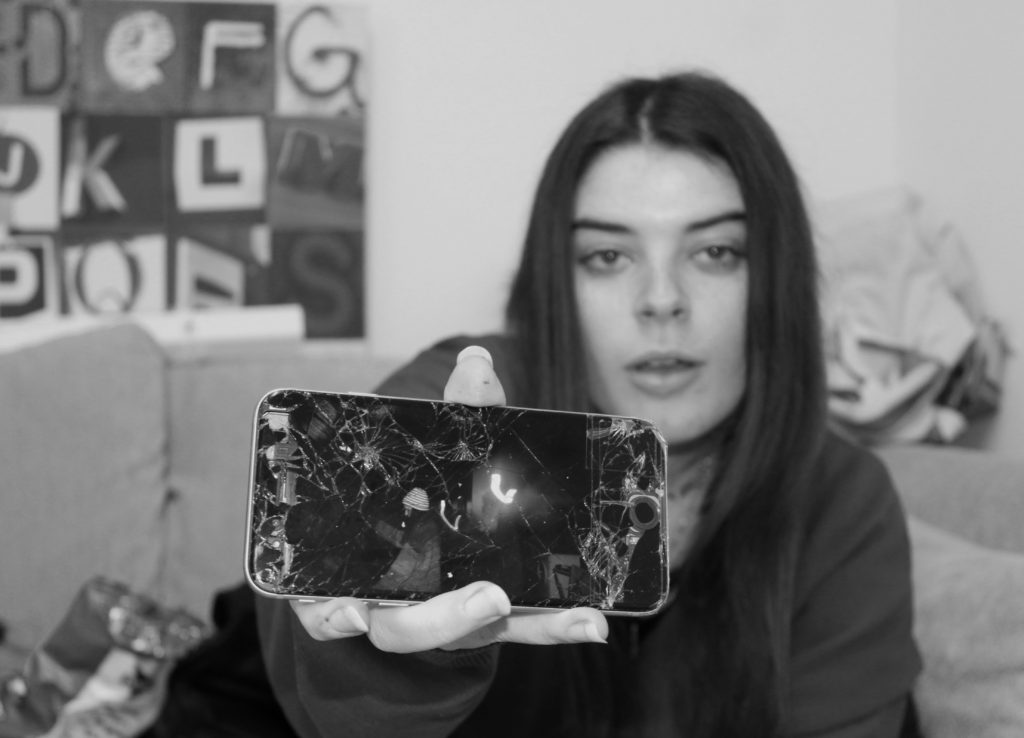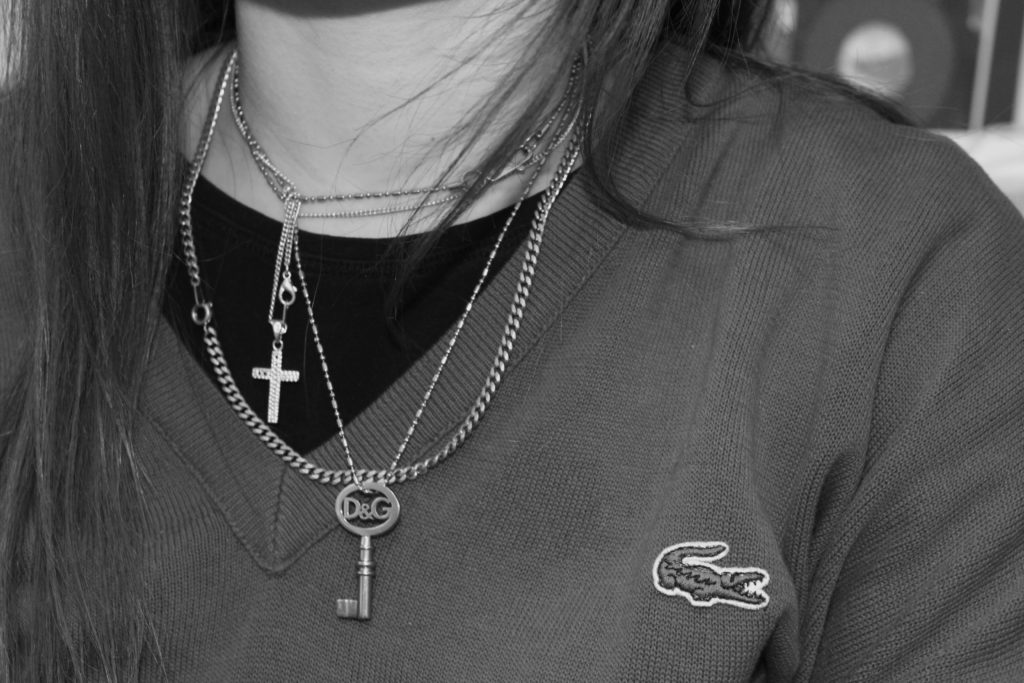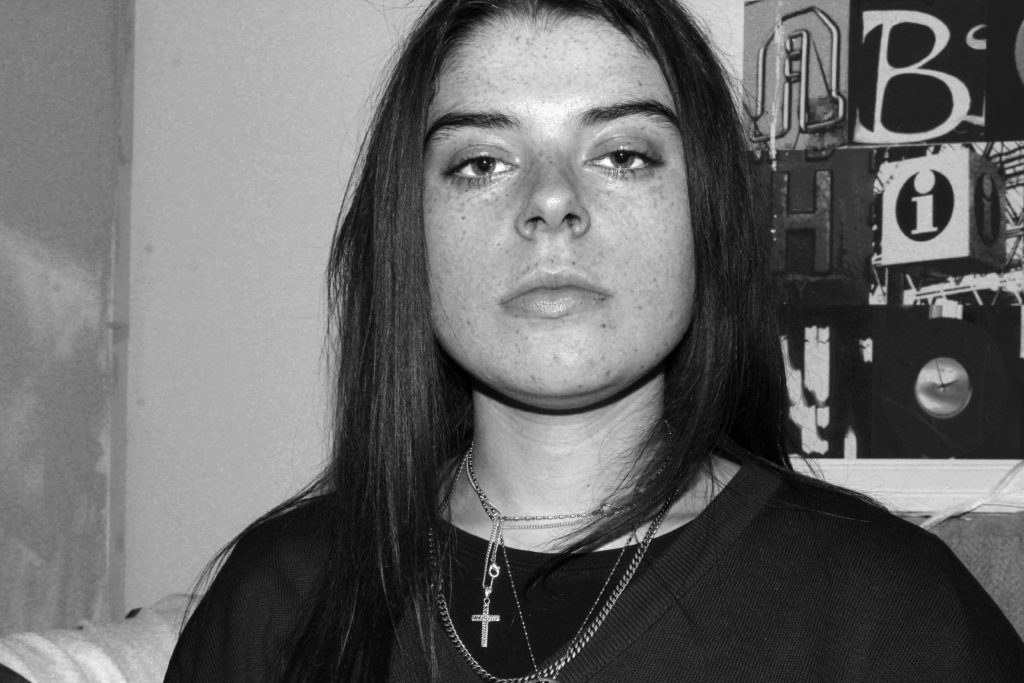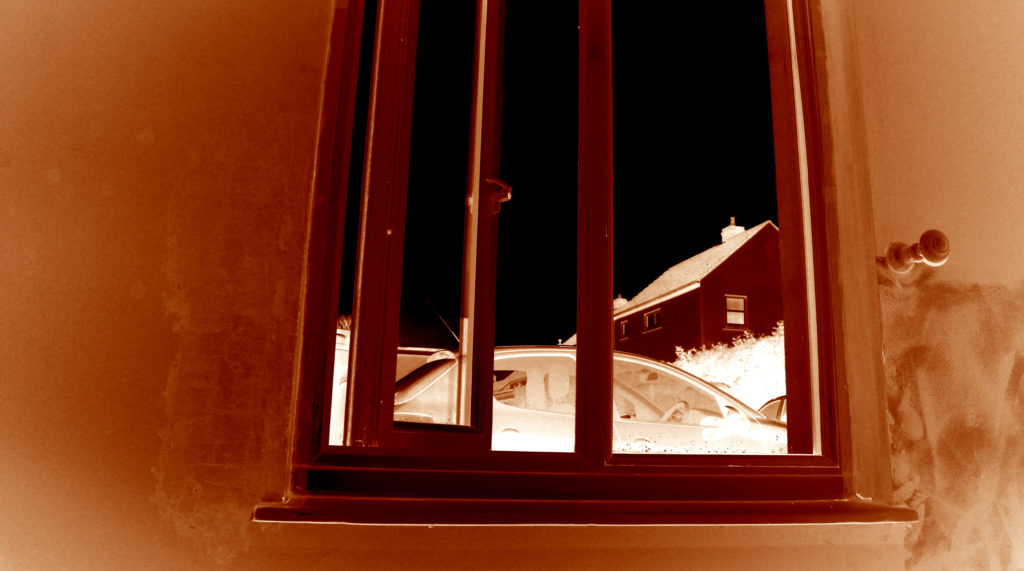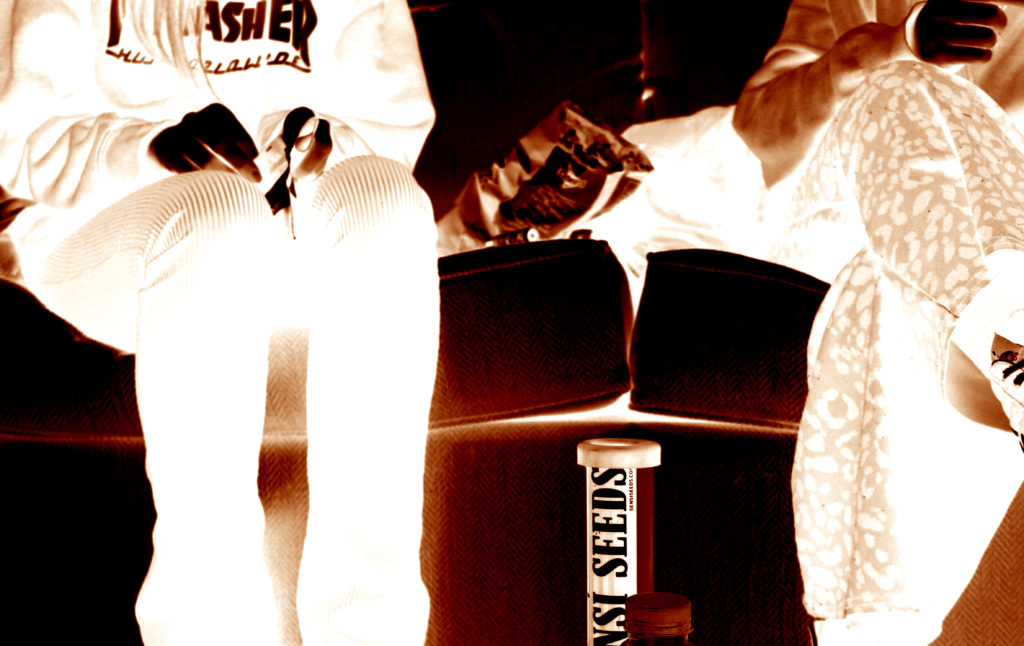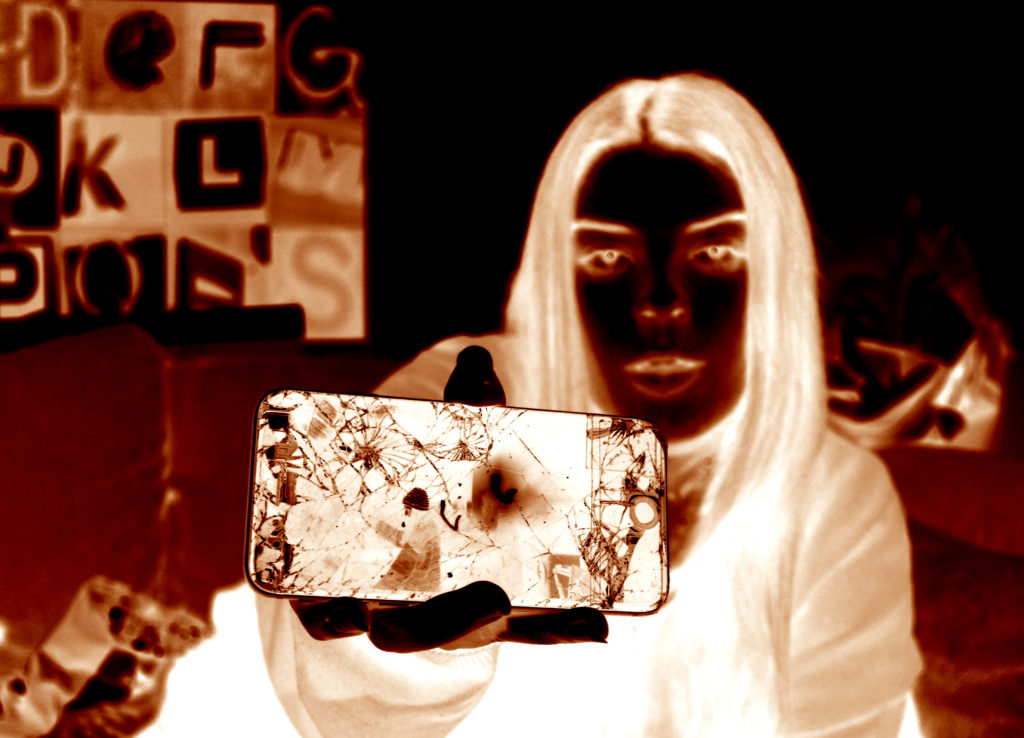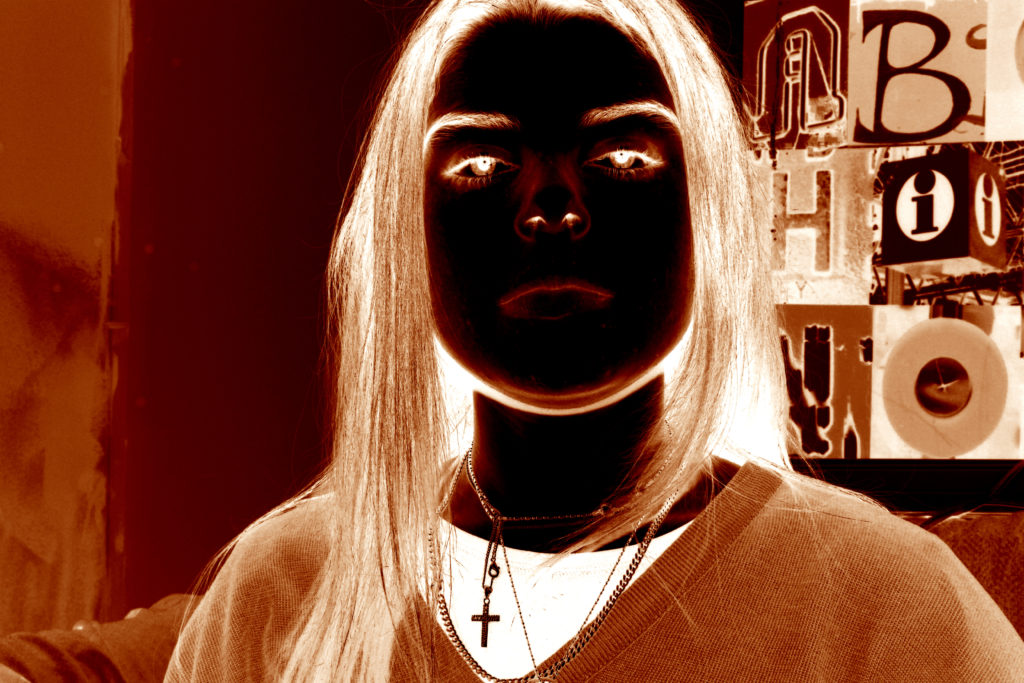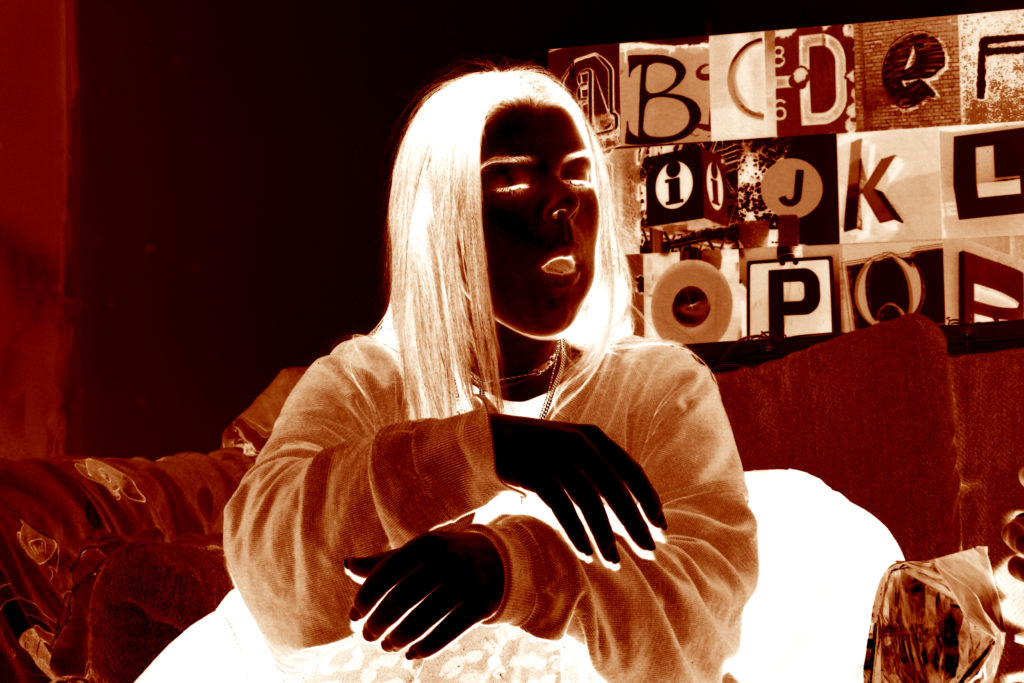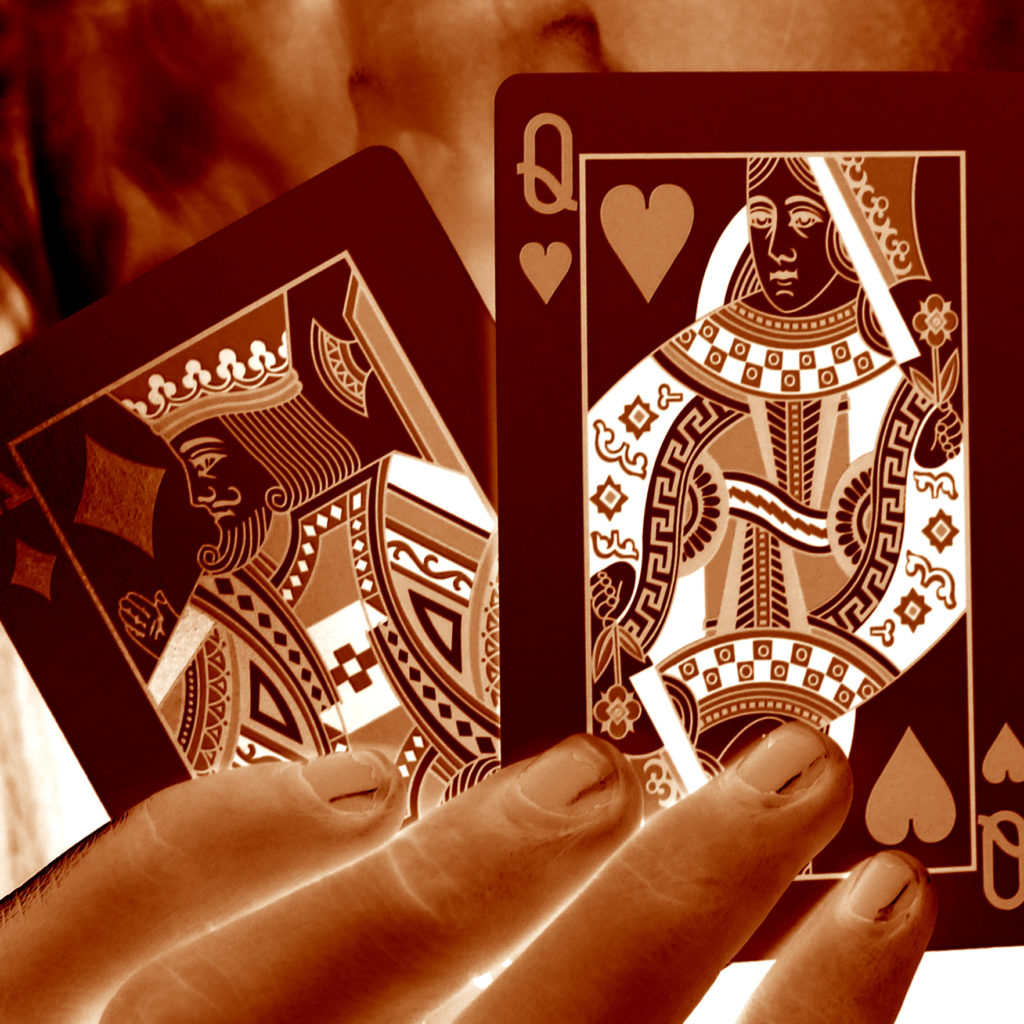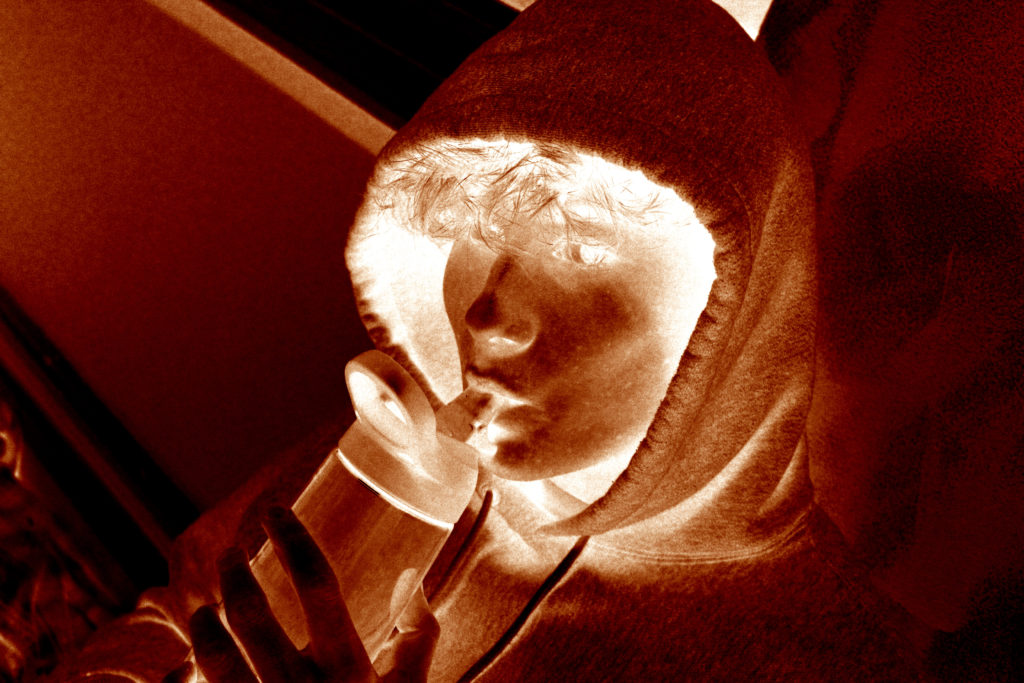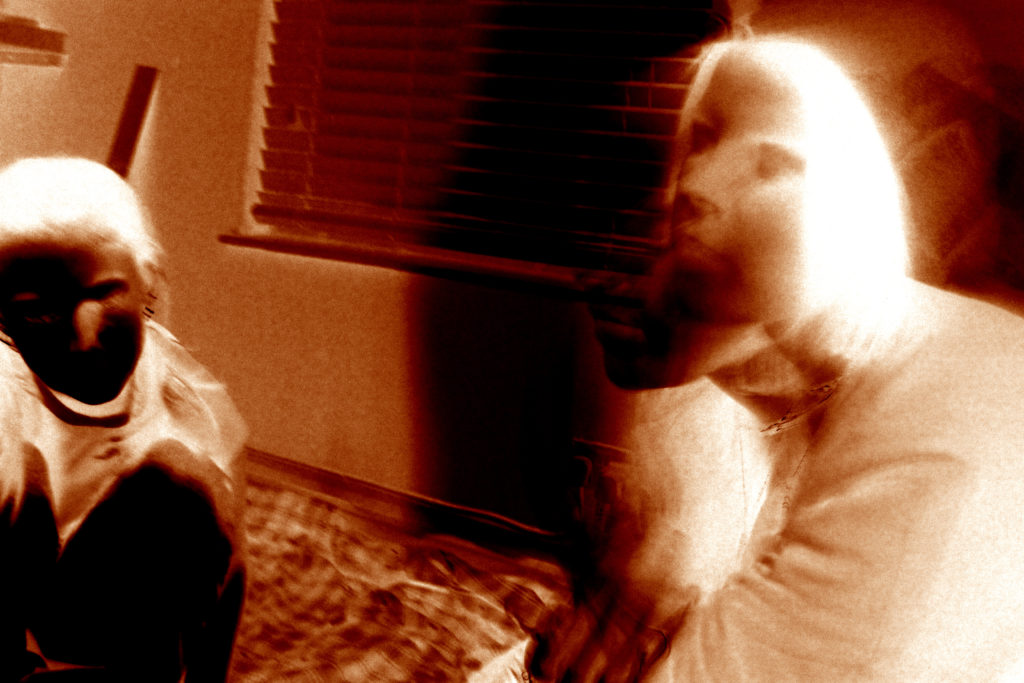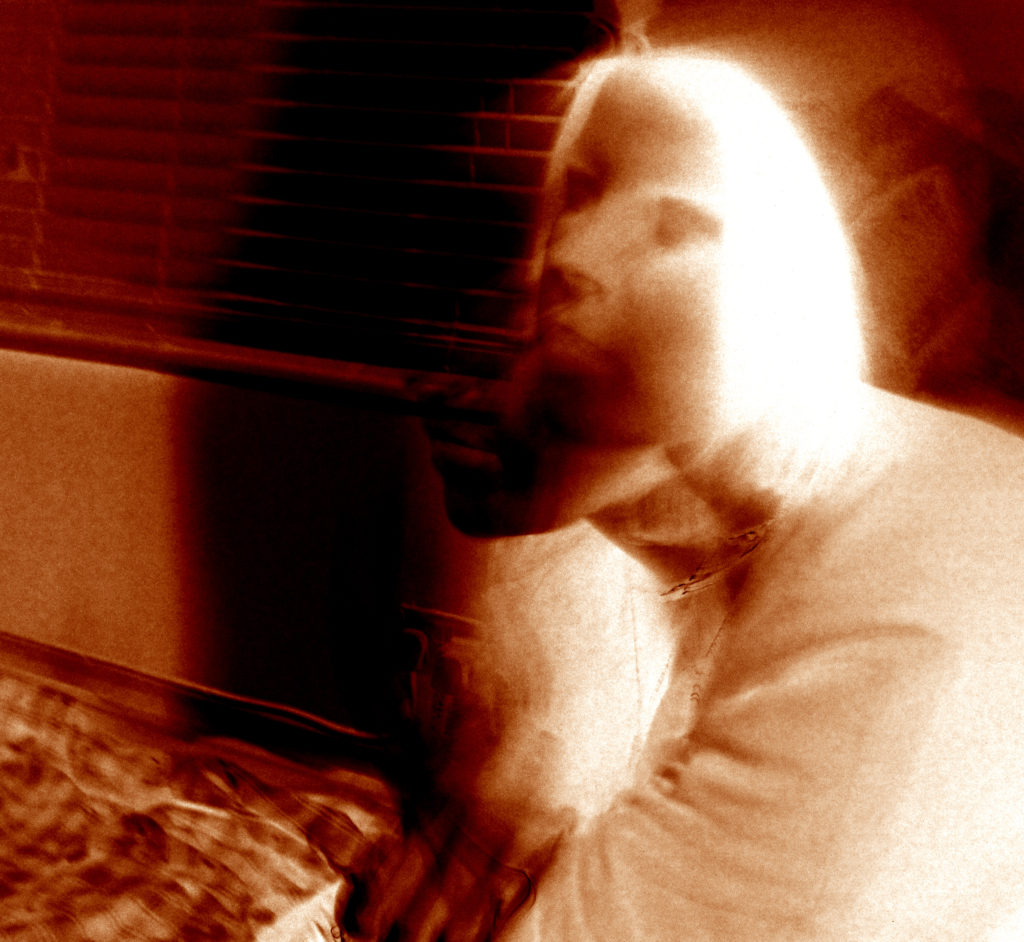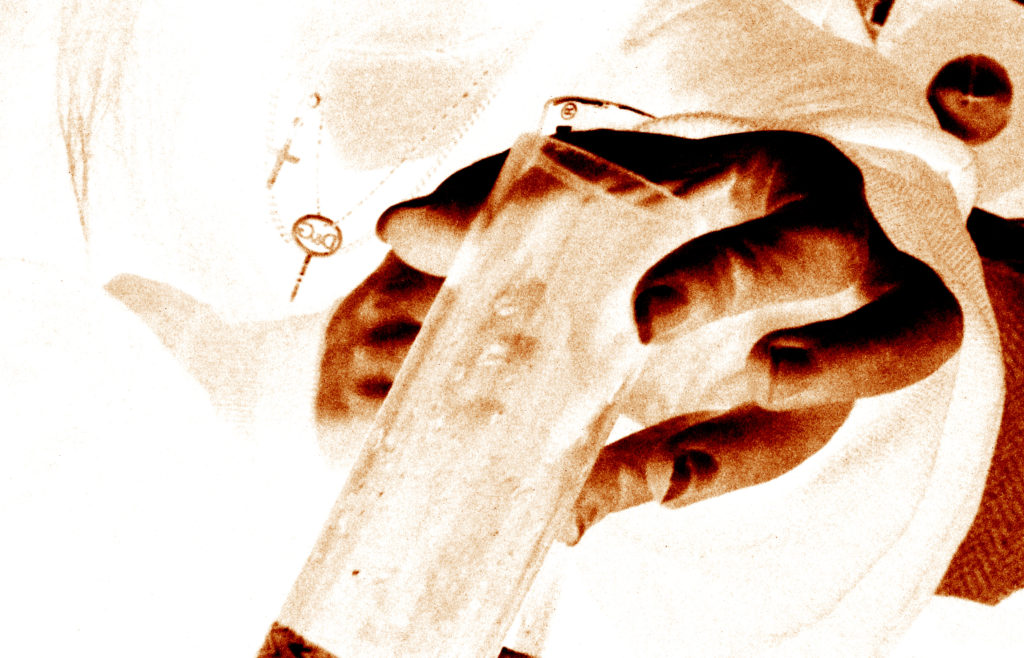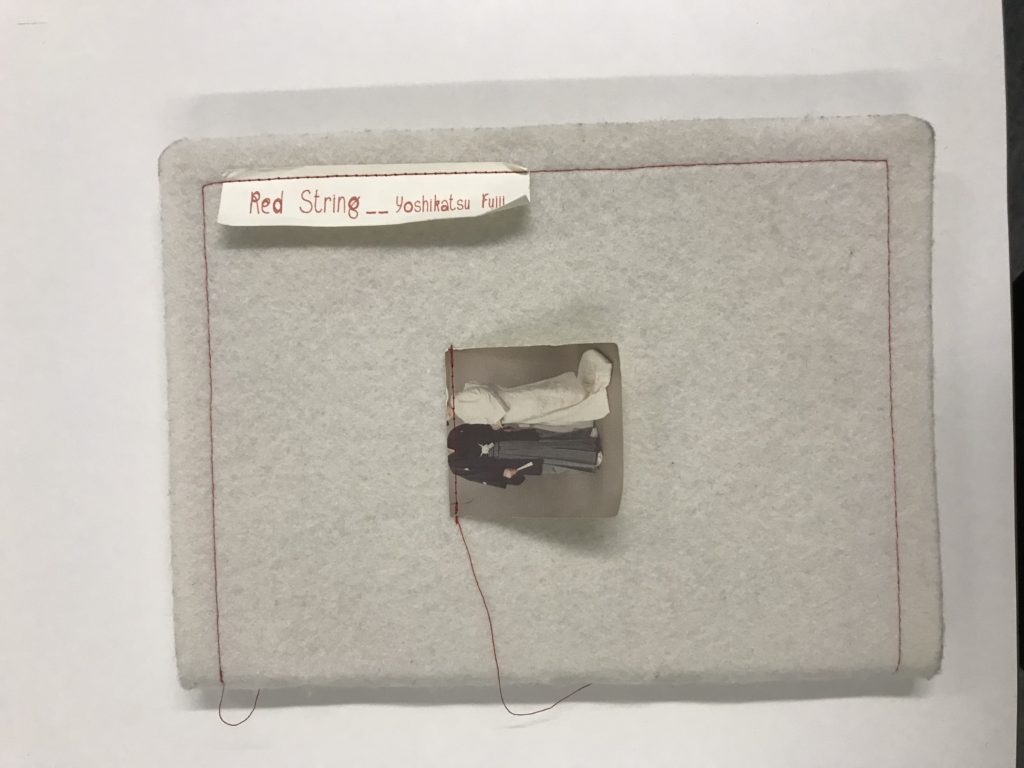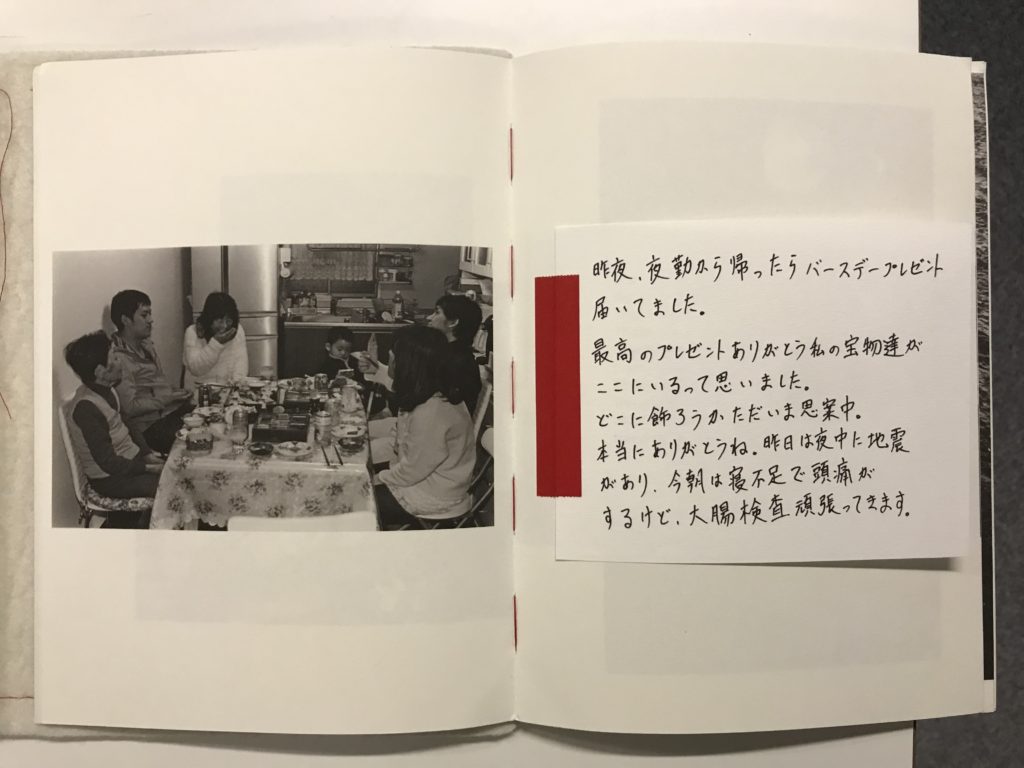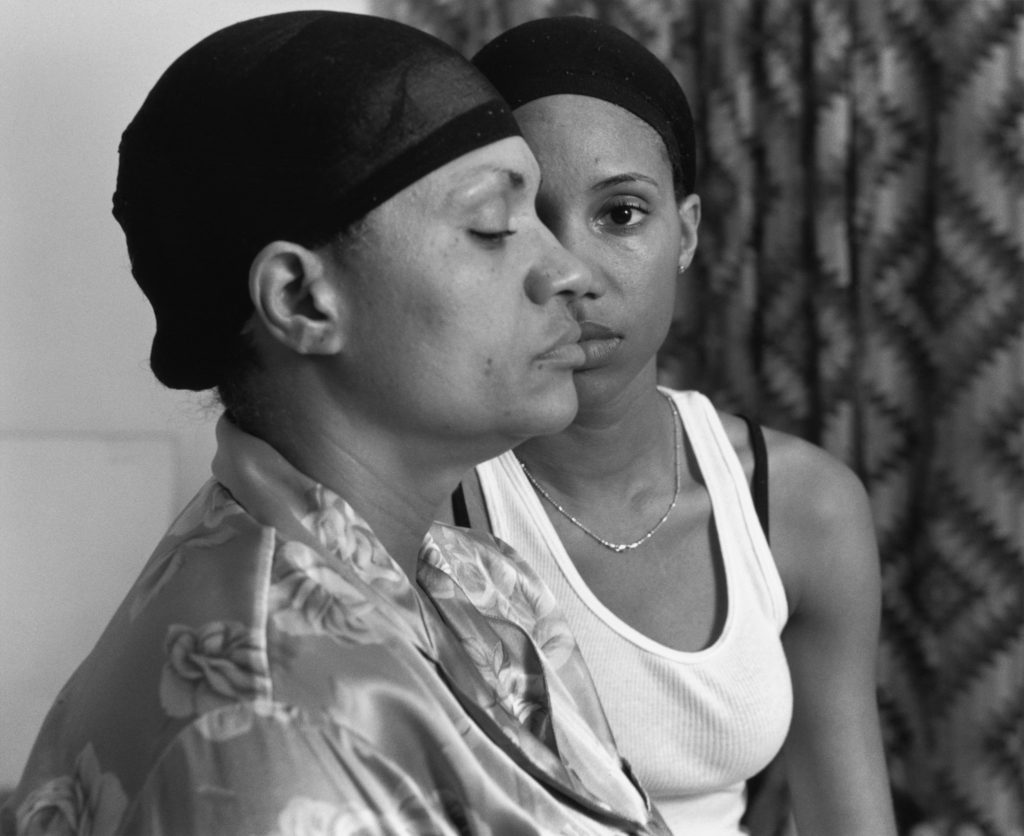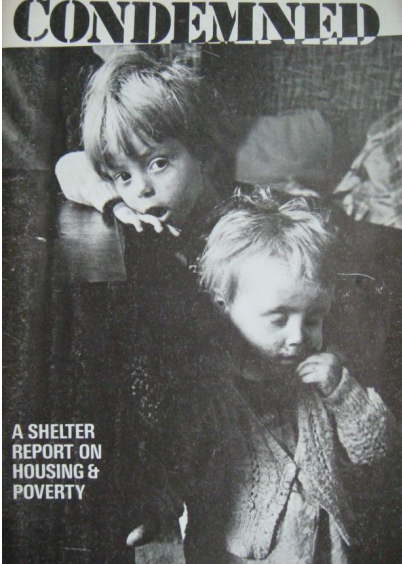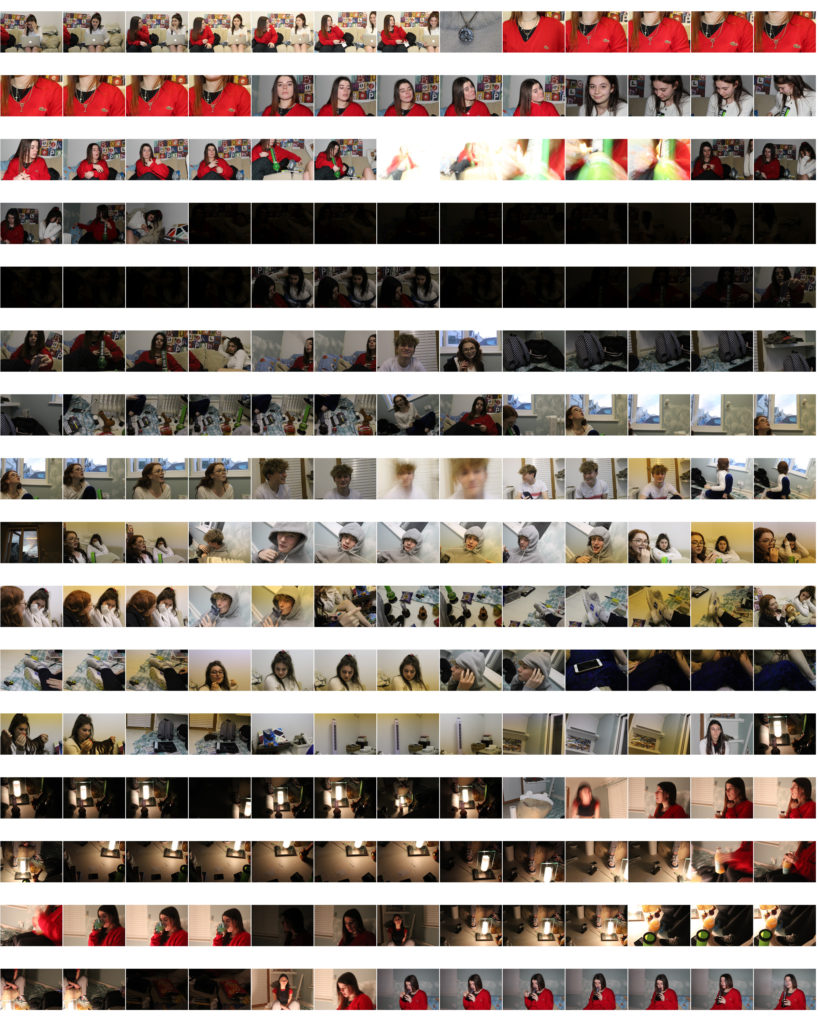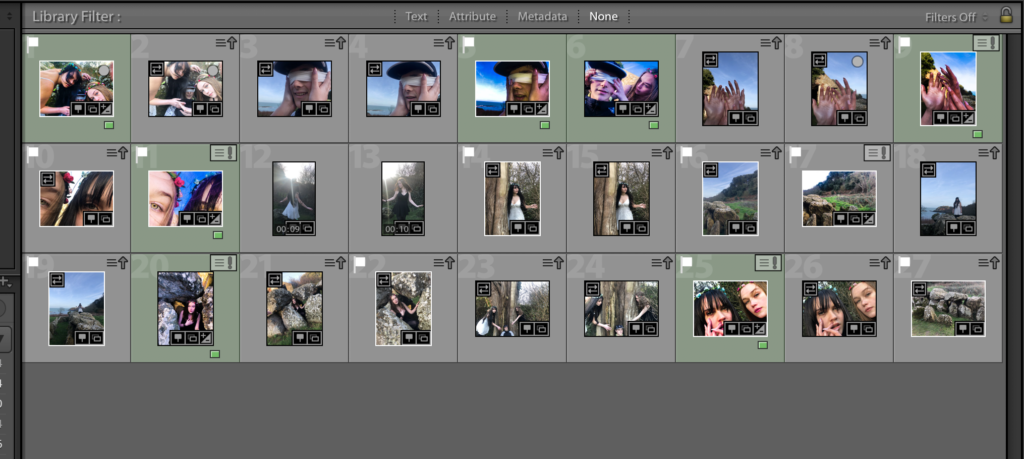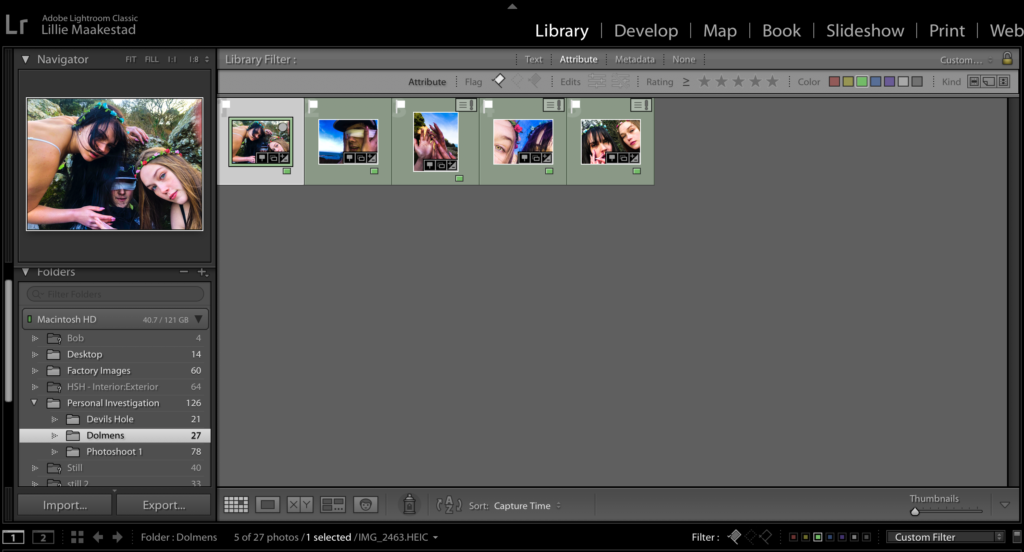PHOTO SHOOT PLAN:
- WHERE: Within my personal study, I will be focusing on 3 main areas of study , personal, external and internal. The persona aspect of my project I will be looking at my own personal journey and the ways in which my family has occupied Jersey, capturing images of my own home. The external aspect of my project will be focusing on the exterior aesthetic o low cost housing within Jersey. Lastly the interior aspect of my project will done within empty properties, arranging viewings with estate agents in order to do so.
- WHEN: in order to capture the exterior photo shoots, I will be attempting to capture them during more gloomy and overcast days as I feel this will add to the themes associated with the topic at hand which is all about control and institutional discrimination.
- WHO: My project will be focusing less on people but rather places, I will be using documentary style photography in order to carry out my shoots, focusing on the state of the housing market and the truth of affordable housing.
- WHY: The topic at hand is personal to both me and a large population of Jersey. Immigrants, young people and the elderly, making it almost out of reach to buy or rent property which lives up to suitable standards.
- HOW: I will be using a mixture of both film and digital photography in order to carry out my photo shoots. A theme which I also want to convey through my work photography as it will be linking to the impacts of trauma and childhood.
SUCCESSFUL IMAGES:
IMAGE ANALYSIS:
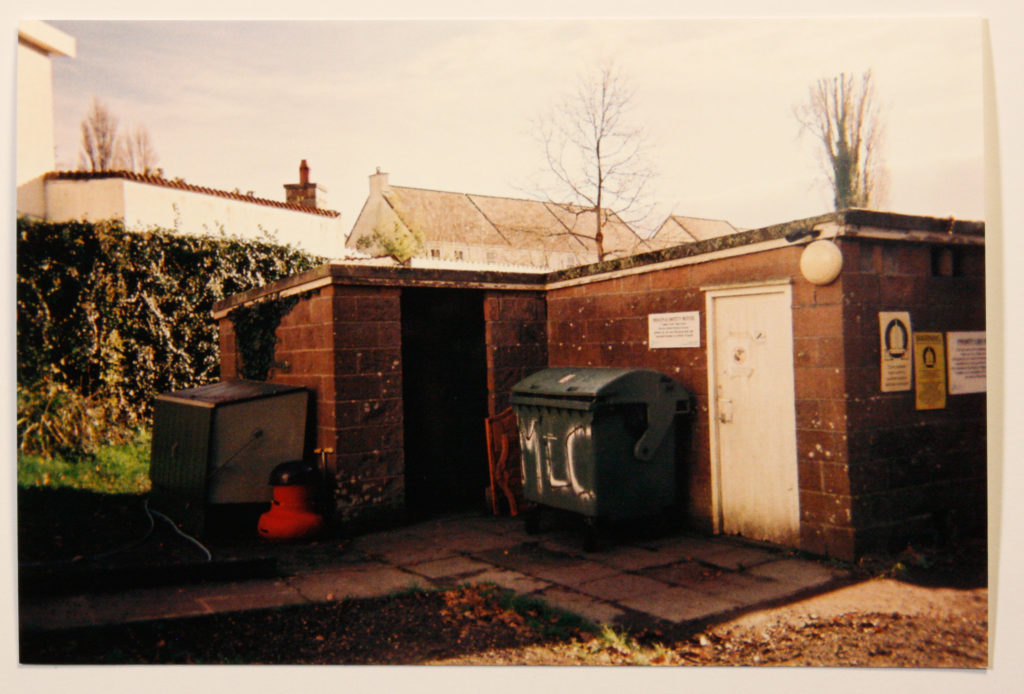
VISUAL:
I find that the overall visual appeal of this image comes from the film which I developed, having a grainy texture and golden overcast which provokes feelings of nostalgia as if the image was taken by your relatives in the 80’s. Visually and on a surface level the image is not extraordinary, capturing a very mundane scene, but adding the contextual information means that there is more to the image than the eye can see. The first thing which strikes the viewer is the dark and dingy scene of the garages and dustbins on the outside, the ye being drawn to the bright white writing on in the center of the image. Another major aspect of this image is the light. The sun is hitting from the top right side of the image, totally illuminating the sky and casting a deep shadow on the left hand side of the image.
TECHNICAL:
This image is a physical print copy of the film which I developed using a disposable camera, the overall aesthetic aspects of film meant that I had wanted to work with it for a long time. It is a difficult medium to work with for three reasons. Firstly taking the images is like a shot in the dark as you cannot see a preview up until the images are printed. Secondly there are restriction as to how many images you are able to take due to the use of film, I for instance could only take 39 images meaning that each shot had to be planned and meaningful as it would be wasteful to take any old shot, and even with careful planning some shots were unusable as they were either too dark or over exposed. Lastly the cost factor of creating these images was also a large part to the difficulty as disposable cameras can be quite pricey depending on the quality, mine being £11, also costing £9 to develop the images meaning it is not a viable source of images if images need to be taken quickly and efficiently.
CONCEPTUAL:
Going back to the theme of nostalgia and wanting to home in on this, Using film was an effective way to achieve this. When looking at the image, one of the first feelings which is provoked is nostalgia with the grainy, warm nature of the final prints, looking like family archival images which have been taken from the attic, dating back to the 80’s. I want to to retain this feeling throughout my images as it is a different approach to modern digital photography. Using a medium such as film makes me appreciate photography on a deeper level by making me consider each shot before taking it due to the material restraints of using film. Each shot has to be planned and considered as this isn’t a priority anymore when using digital photography. Even if each shot is not perfect, I will be including each shot as this will reflect the “take what you can get” approach of housing as people will, in desperate times, take whatever comes their way.
CONTEXTUAL:
States figures suggest the elderly, younger people and smaller families are struggling to find suitable and affordable accommodation in the private sector. A reflection of this struggle can be seen within the social and low cost housing of Jersey. Currently demand outweighs supply therefore the need for affordable housing is in more need than ever.
EDITING IDEAS:
An idea which I found to be quite interesting in terms of the visual aspects of the image is tracing the outlines within the image and then moving this traced layer to one side, creating a sort of child like drawing which can be seen a top of the original. Although not directly linked to any contextual information to the image, I find that this editing technique is an effective way to give an image a stronger focal point and to draw interest.
